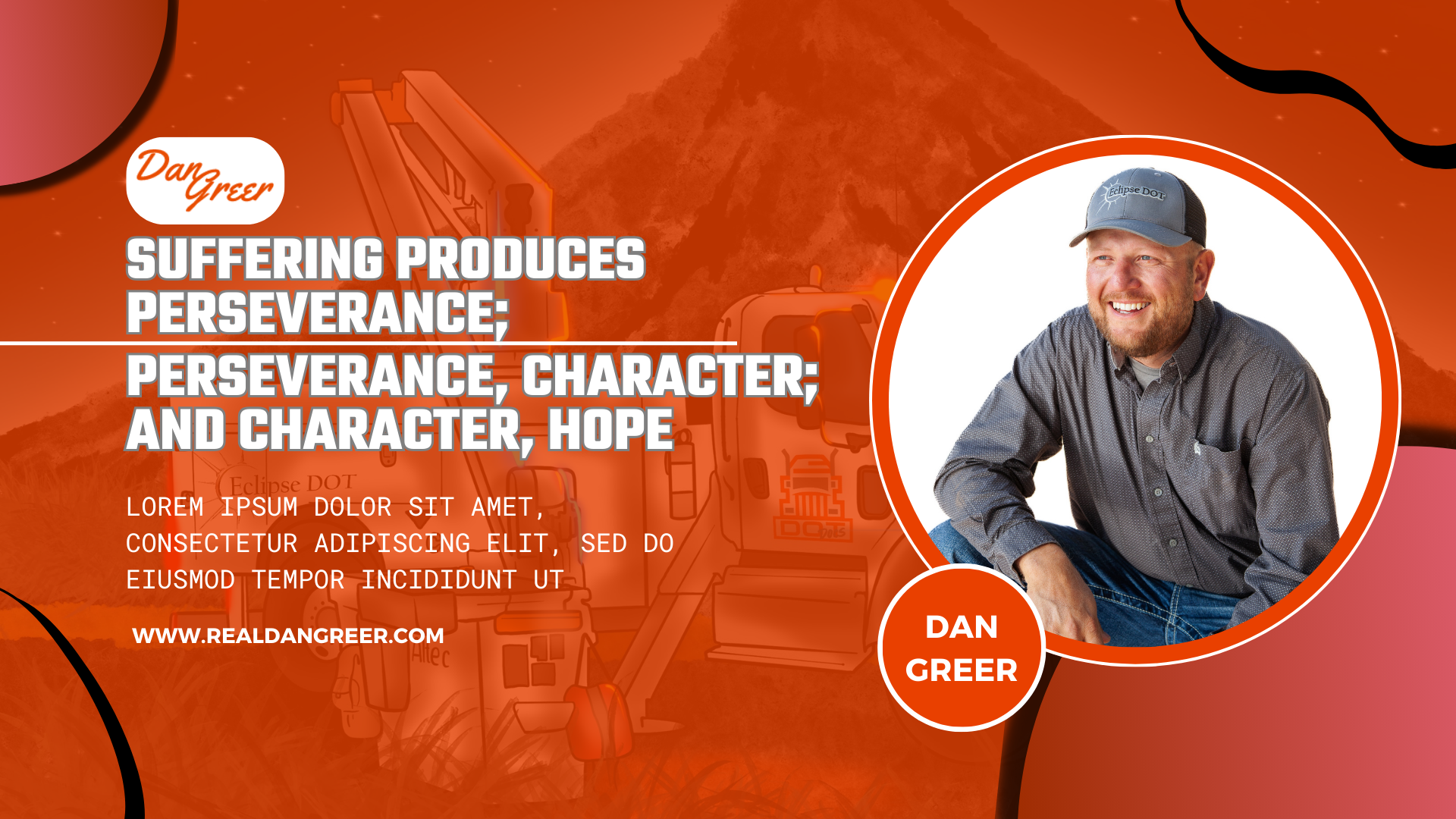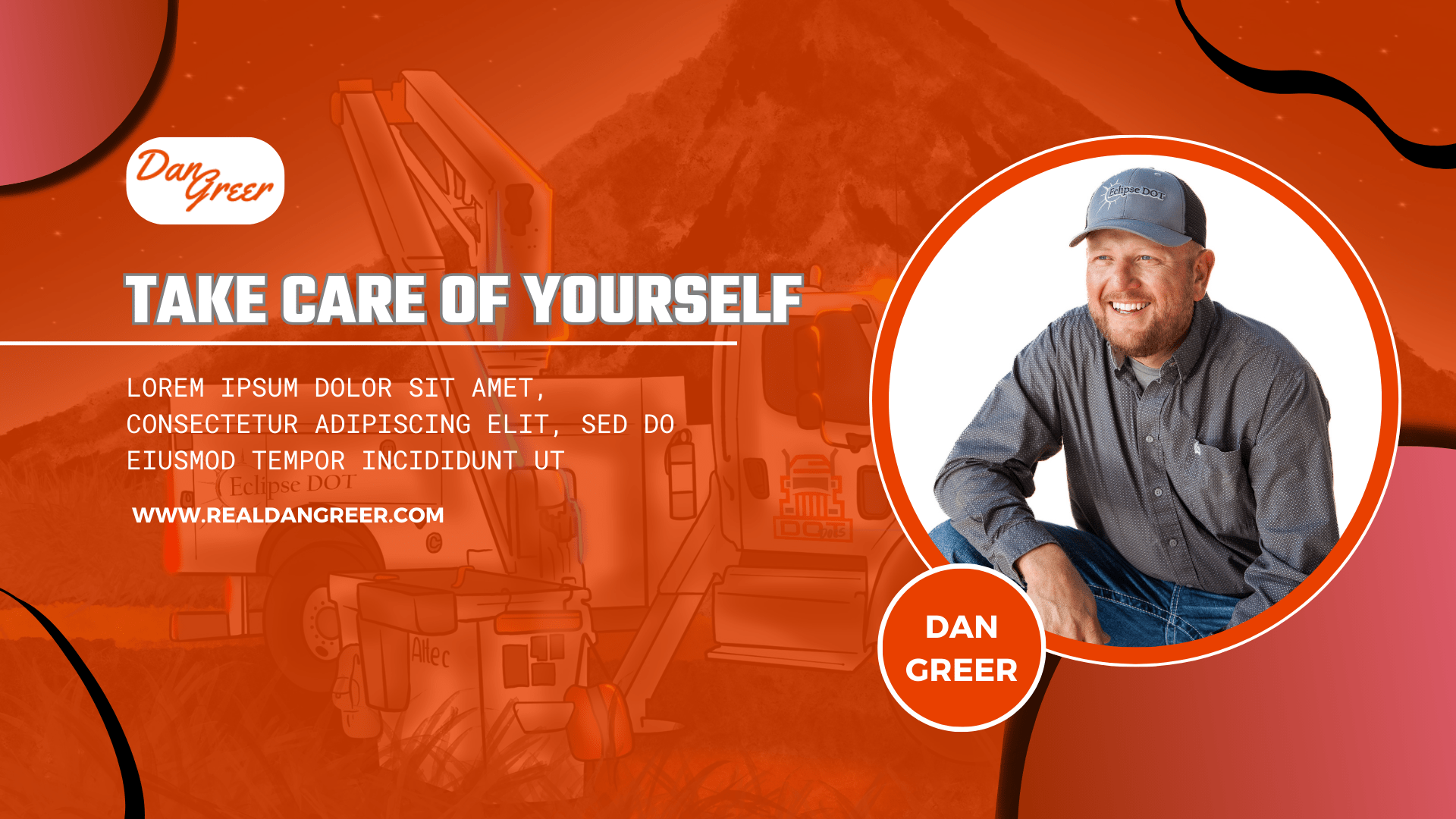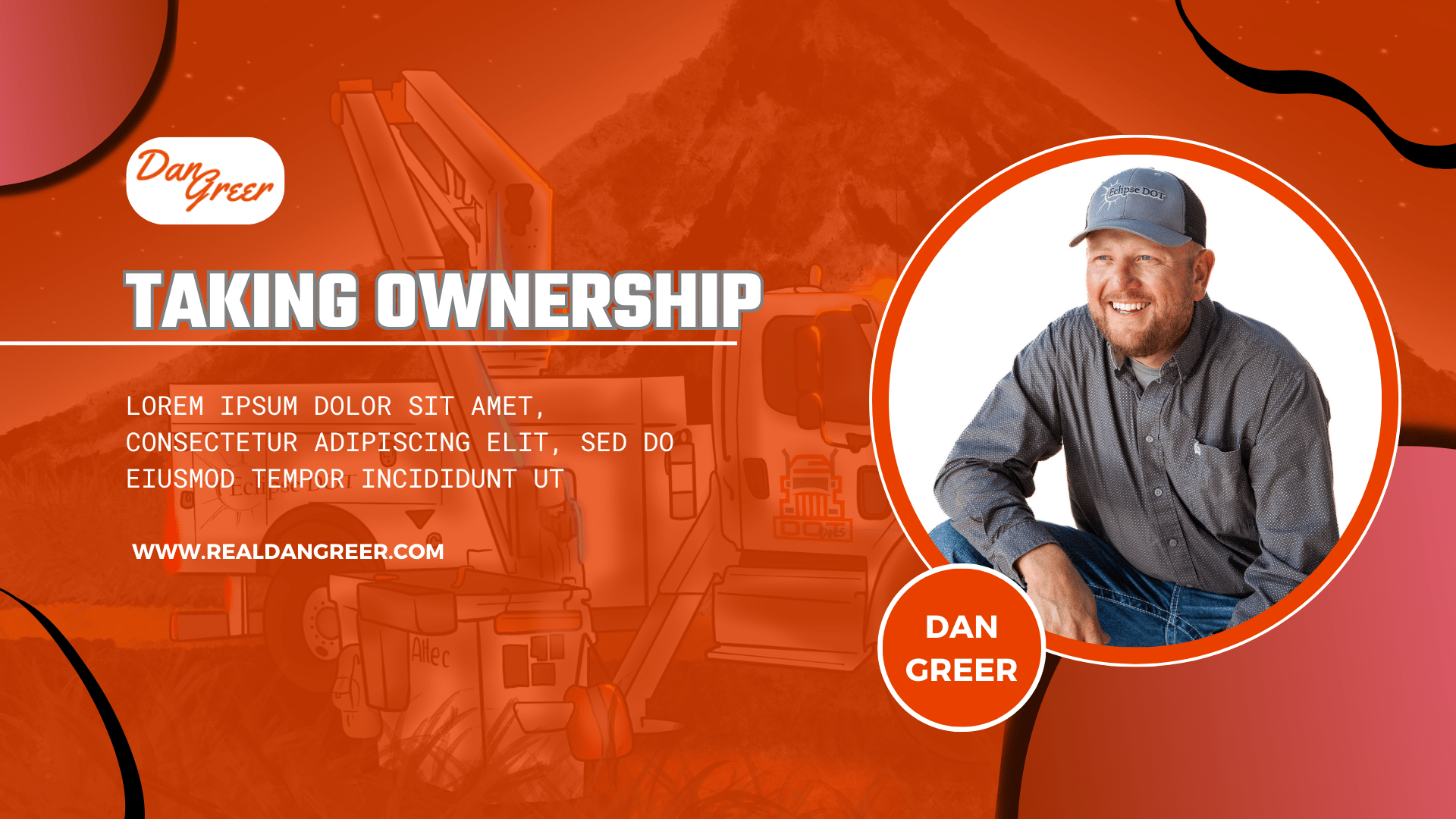Suffering Produces Perseverance; Perseverance, Character; and Character, Hope
Moreover, we rejoice in our sufferings, knowing that suffering produces perseverance, character, and hope. And hope does not disappoint us, because God’s love has been poured out into our hearts through the Holy Spirit, who has been given to us.
Romans 5:3-5 (NIV)
This scripture deeply resonated with me. How often, when faced with challenges and suffering, do we turn to God and ask, “What have I done to deserve this?” or “I tried to listen to you, but I feel like I missed the point.”
We frequently seek God’s guidance and relief from our suffering during tough times. I interpret these verses as it is through suffering that we develop perseverance, shape our true character, and cultivate such immense hope that we cannot help but find joy.
Wow, that was awesome!
Let’s delve deeper into these verses. What exactly is perseverance? Growing up in a community where perseverance was always emphasized, I’ve come to see it as simply not giving up. Angela Duckworth famously terms it “grit”—the ability to persist even when faced with challenges.
Faith demands perseverance, as does being an employee, a leader, or a parent. Life itself necessitates grit; never giving up is crucial. Recently, I’ve been regularly tuning in to the podcast “Born to Impact,” where they discuss the importance of perseverance.
They often use the analogy of someone striking a rock 99 times with no success, but on the 100th strike, it finally cracks open to reveal incredible beauty. If you had given up after the 99th strike, you would have missed out on discovering the true treasure within.
Let’s transition to discussing character. I view character as how we behave and respond to the situations God presents in our lives. Our character is molded by the events we encounter, and our reactions to those events reveal our true character.
Perhaps you’ve found yourself in a situation where your boss wasn’t pleasant—maybe you contributed to the situation, or perhaps not. Regardless, you’re unhappy with the current circumstances.
In such moments, we have a choice: we can either gossip about the boss behind their back or address the issue directly with them and seek solutions. The crucial point here is that our character makes all the difference.
How are our characters shaped? It’s shaped by the trials God guides us through and our responses to those trials. Character is dynamic and can evolve for everyone. We can grow into the people we are truly meant to be.
Let’s talk about hope! How would you define hope? For me, hope is the belief that things will ultimately work out for the best. It’s maintaining faith even in situations where success seems impossible. Hope is seeing the good in others when no one else does, and it serves as the beacon of light in the world.
It’s trusting that humanity will make righteous choices. Hope can take on various forms, depending on what you believe in. Above all, hope is the assurance that, regardless of the circumstances, God has control over our lives. All we need to do is keep working hard and trust that God is steering the ship in the right direction.
The final part of these verses is particularly challenging for me. They suggest that only through suffering can we acquire these virtues. Why is it that we seem, for lack of a better term, ignorant, that we must endure suffering to gain such insights? God knows our journey; he knows us even before our birth, and he understands us better than we understand ourselves.
Ready to Transform Your Leadership Approach? Delve into ‘Leading with perseverance‘ and enhance your skills. Follow our expert insights on this transformative journey. Explore more now at Eclipse DOT.






